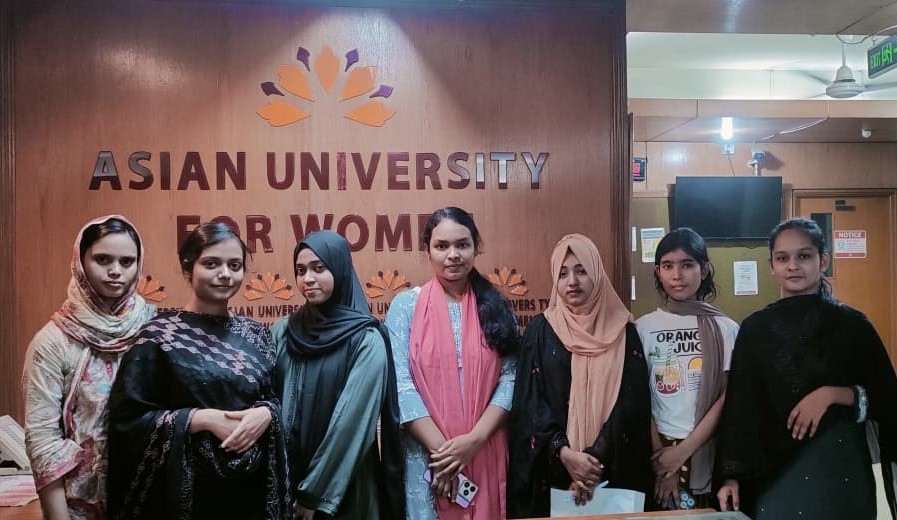While continuing efforts to increase public investment by generating investible surplus, we need to revisit the policy to deal with the state-owned enterprises.
Public investment in the country needs to be increased – there is no question about that. This is also because there is stagnation in private investment which, as I understand, is not picking up very quickly. So, public investment has to make up for the gap between optimum and actual investments, plus fiscal incentives must make way for enhanced private investment for higher growth and public welfare.
However, the government must first have investible surplus for increasing the share of public investment in gross domestic product. Given the tight fiscal situation where revenue earning remains a bigger challenge, it is important to explore new avenues to generate investible funds and then invest them properly.
Funds can still be generated in a number of ways. Questions may arise as to why the public fund would be used for private gains. By the private sector, we must understand and mean growth, job creation and rise of entrepreneurs in large numbers. Private opportunities should also be created in priority sectors so that they could contribute to overall national development.
Budgetary measures like PPP (Public-Private Partnership) initiatives have not worked so the government must be innovative to open any other window for the private sector to grow. For increasing public investment, what is needed is not only money. Of course, the government needs to widen the tax net, without creating any additional burden on the current taxpayers, to generate funds.
This time around, there may be a few sectors and sub-sectors that should be targeted for creating fresh opportunities using existing resources which have not been monetised yet. In fact, the government has investible surplus in terms of resources that could be utilised for supporting growth in different sectors.
Public ownership of urban land is a potential investible surplus. This land is valuable but not properly used. A vast tract of publicly owned urban land, (which sometimes we call khas land) remains unused as investible surplus. The Railway Department owns such land all over the country. There is Waqf land scattered here and there.
Unfortunately, those who are in governments are users of such land for individual gains. A just and fair mechanism could be developed to use this land. The government can monetise it to generate investible surplus for (a) undertaking development projects and (b) supporting new entrepreneurs by leasing the land under a collaborative initiative.
I think for making public investments worthy and effective we can focus on two key areas. One is skills education for youths. This can help them to make them ready for the job market and the employers, too, can be benefitted from the pool of skilled manpower. The other is agro-marketing. The public sector needs to ensure that infrastructures such as an effective marketing chain, cold storage, silos and transportation facilities.
Such investments would boost employment, add value to farm produces, benefit every player including the grower and consumer and ultimately contribute to national growth process. Farmers are not benefitting from agricultural activities and are rather deprived of fair prices, largely because of the underdeveloped marketing system dominated by the middlemen. Consumers are not being benefitted, either, even from price fall.
Fisheries are the sub-sector in the agricultural in which we need a lot of investment. Again, the government can help the entrepreneurs with cash and kind for adding value to this growing sub-sector. It has more potential to grow, in view of the demand of consumers.
While continuing efforts to increase public investment by generating investible surplus, we need to revisit the policy to deal with the state-owned enterprises. Neither keeping them under public sector management nor a wholesale privatisation proved to be any panacea for the enterprises that have a huge amount of land in possession. The sugar mills under the public sector are another case in point.
Empowering public entities through injection of capital and more importantly improvement in governance could be one of the most expected public investments. Contextually, an example could be Bapex which should be utilised through such a process.
I strongly believe better public investments could also be ensured through removal of bureaucratic bottlenecks. If we relax unnecessary regulatory control of the ministry over the Chittagong Port, its efficiency could be improved automatically without investing a single Taka.
Let us not forget that improving the efficiency of an annual development programme (ADP) is a long pending issue. If we select the right projects, address redundancy and implement projects properly, more investible funds will be available for undertaking and executing new and important projects. Reforming the ADP is a major challenge for us today. We must stop leakage in the form of corruption and false cost inflation. We regret to see a bureaucrat-consultant nexus syndrome like the politico-criminal nexus in the process of misuse of public funds in the name of ADP.
As the government at present has resource constraints, it must think about optimum use of resources addressing corruption and bribery. Tax collection must be strengthened and at the same time, tax should be linked to services. The issue of improving economic governance and providing a regulatory atmosphere is relevant for improving the business confidence of private investors.
* Dr. Hossain Zillur Rahman is the Executive Chairman of Power and Participation Research Centre (PPRC).














